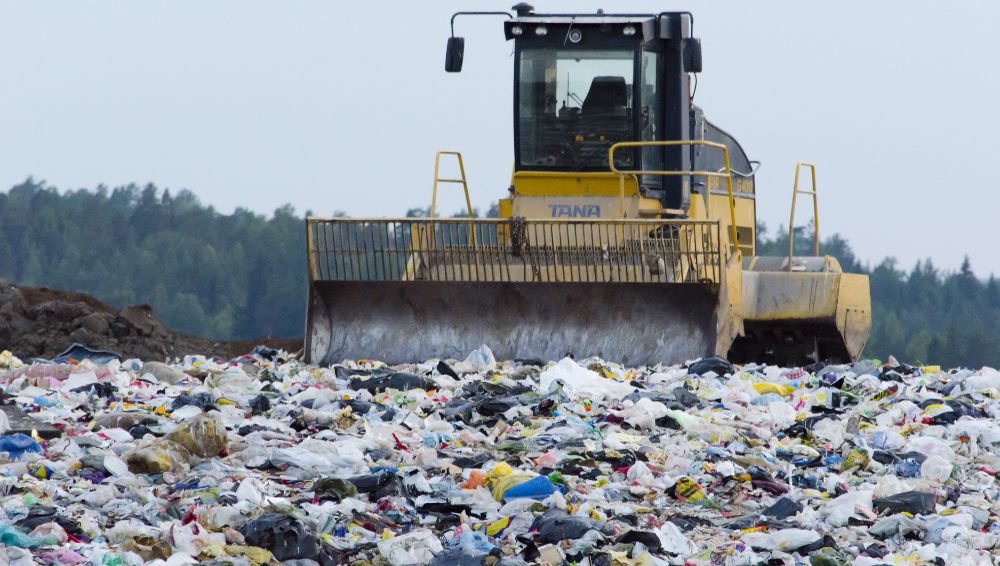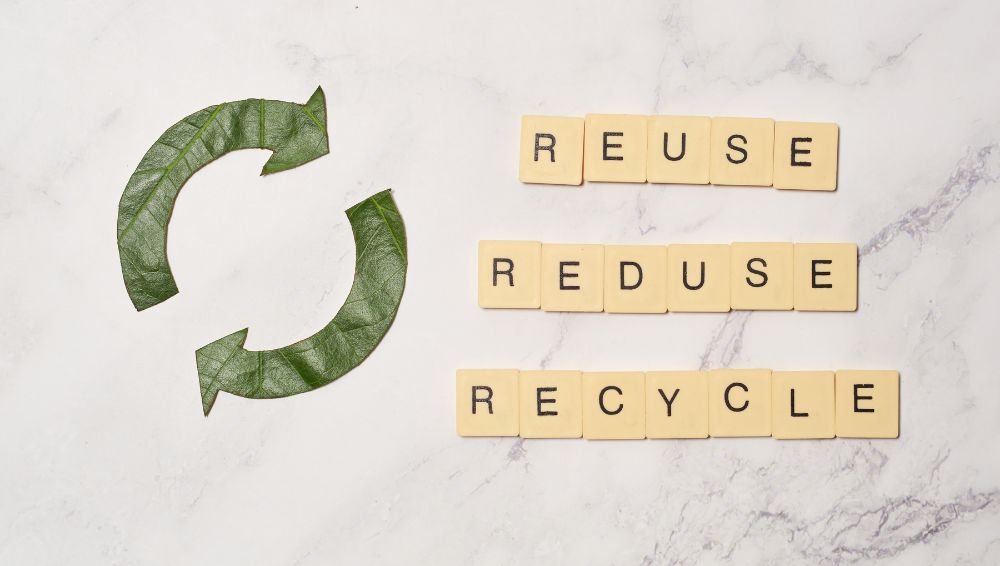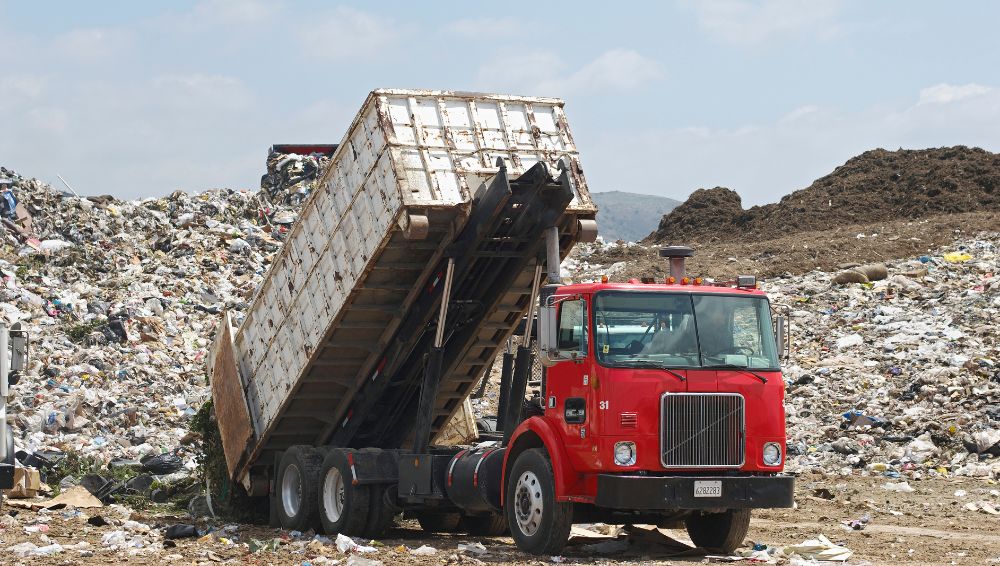It is a fact that waste is an inevitable outcome of human existence, regardless of quantity. Proper management of waste is crucial in determining its impact on climate change. Poor waste management not only leads to the accumulation of litter but also has adverse effects on the environment, causing air and water pollution.
As individuals, How waste management contributes to climate change? what measures can we take to improve our waste management practices? So no doubt, The evidence of climate change has become increasingly undeniable.
Scientists estimate that by the end of this century, the Earth’s surface temperature will rise by roughly 2°C, leading to disastrous consequences for our ecosystems, plants, animals, and people.
In addition, the atmosphere’s chemical makeup has undergone significant changes due to the surge in greenhouse gas emissions, primarily methane, carbon dioxide, and nitrous oxide.
Global Waste is Growing
The production of waste is intricately connected to population growth and economic advancement, indicating that the most substantial increase in waste generation is anticipated to occur in Sub-Saharan Africa and South Asia.
Unfortunately, in many parts of the globe, waste management practices and systems are inadequate or non-existent, resulting in the emission of short-lived climate pollutants.
In actuality, there is a projection that methane emissions from waste will increase by around 13 megatons each year in the next decade.

How to Reduce Waste Sector?
Increase the Greenhouse Effects
Imagine greenhouse gases as a cozy blanket for Earth, trapping heat in the atmosphere and keeping our planet warm. This happens because the Earth’s natural heat has trouble escaping through the gas layers that surround it.
Unfortunately, this process is slowly causing glaciers to melt and reducing our snow-covered landscapes. The melting impacts our freshwater supplies and adds to the rise in sea levels.
Consequently, the risk of flooding is growing, especially in coastal regions, threatening the beloved ocean destinations we hold dear.
You should Apply to Reduce, Reuse, and Recycle Techniques
Thankfully, there are economical solutions available to decrease waste sector emissions. Around 60% of the measures taken to mitigate such emissions have either low or no costs.
You may be familiar with the term “reduce, reuse, recycle,” which represents the waste hierarchy, displaying waste management options in order of environmental preference. This hierarchy emphasizes that landfilling and disposal should be the last resort.
A modified version of the waste hierarchy can be used to emphasize methane mitigation strategies for solid waste.
Related Post: How to Reduce Waste in Your Daily Life?
Related Post: What does Waste Management do with Recycling?

Food Waste Prevention
Food Waste Prevention is the process of reducing the quantity of food that we deem as “waste” and repurposing it.
In practice, this could involve initiatives such as promoting “ugly” produce programs, reevaluating food best-by and use-by dates to prevent the disposal of good food, connecting major food waste producers with food banks, and raising awareness about the significance of waste prevention, among other solutions.
These actions not only prevent usable food from being sent to landfills but also help to enhance food security and reduce greenhouse gas emissions from food production upstream.

Use Dumpster Services
You should use the Dump Site.

Organic Waste Diversion
Organic Waste Diversion is a key strategy for reducing landfill waste. This approach involves separating organic waste at the source, whether by individuals sorting food scraps at home or by specialized facilities handling mixed municipal waste.
Proactively separating organic waste is the most effective method, as it significantly lowers the risk of contamination from materials like plastic or glass, which is crucial for successful processing.
When developing organic waste diversion programs, it’s important to take into account various cultural and socioeconomic factors. The primary methods for effectively managing organic waste are composting and anaerobic digestion.
Frequently Asked Questions:
How does wastewater contribute to climate change?
The disposal of domestic and industrial wastewater is responsible for approximately 9% of global anthropogenic methane emissions.
About 64 Intended Nationally Determined Contributions (INDCs) have set targets and initiatives to decrease methane emissions from the waste sector, which includes solid waste.
What are the 3 impacts of climate change on water resources?
Global climate change has several additional effects that can significantly impact water resources.
For instance, higher evaporation rates and a greater proportion of precipitation falling as rain instead of snow can lead to reduced water availability.
Additionally, runoff seasons may become shorter and occur earlier, while water temperatures can rise, all of which can have adverse effects on ecosystems and water quality.
Finally, water quality can decline in both inland and coastal areas, further exacerbating the already significant challenges facing water resource management.
Does plastic contribute to climate change?
Plastic’s durability, while a benefit in some applications, makes it a significant environmental problem. This long-lasting material persists for centuries, releasing greenhouse gases from its creation to well beyond its disposal. Designed for longevity, plastic can take over 400 years to decompose, solidifying its status as a major and enduring pollutant. What human activities destroy the environment?
The physical environment experiences diverse consequences due to human activities, including overpopulation, pollution, deforestation, and the combustion of fossil fuels.
How does deforestation affect climate change?
Deforestation leads to the release of a significant amount of carbon dioxide into the atmosphere, which contributes to climate change.
Trees store carbon, and when they are cut down, the carbon is released back into the atmosphere. In the past decade, the highest rates of deforestation were observed in the humid tropics.


